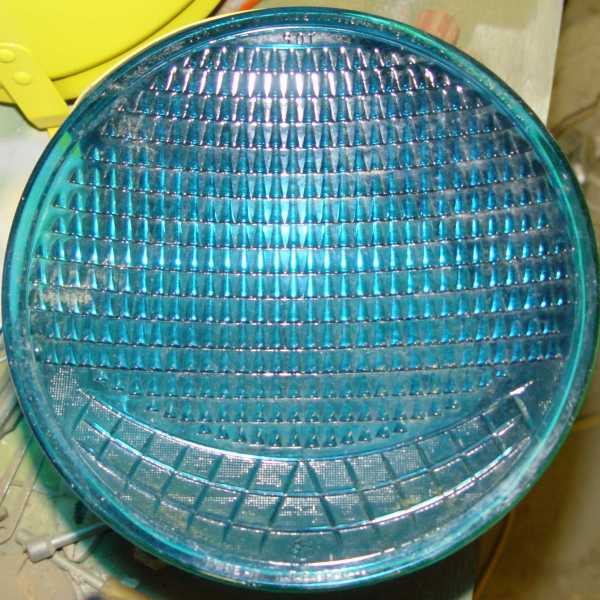|
Crouse-Hinds T-1 Lenses
In the mid 1940s the Institute of Traffic Engineers, or ITE, conducted research and adopted standards for traffic signal design. While many details were left to manufacturers, the ITE addressed uniform standards regarding lens colors, distribution and projection of light and prevention of "phantoms," a condition where low angle rays of the sun created an illusion that an indication was lit when it was not.
Crouse-Hinds later modified the Type T to have smaller beads that produced a smoother looking light and a little less phantom effect, and these "T-1" lenses were the most predominant smiley lenses of the late 1940s and 50s. The image is of the T-1 version of the "smiley" lens.
|

|